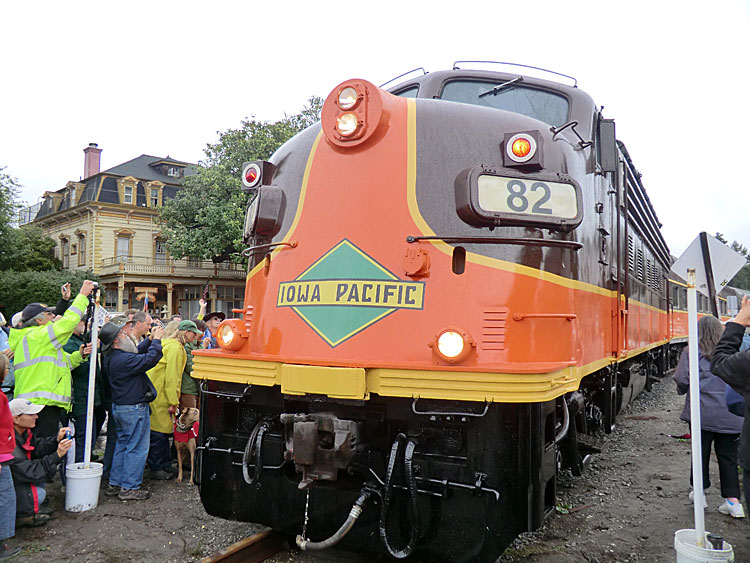By Zach Friend

What Does Measure D Fund?
The aim of the tax measure was to include a balanced mix of projects. Projects would be geographically dispersed and focus on everything from road and highway improvements to bus, pedestrian, bike and school safety investments. Here is a more specific (but not fully comprehensive) list of projects to give you an idea of what will be funded with the approved measure.
Highway Corridors — Highway one related projects will receive approximately $97 million over thirty years. Funding will create three sets of auxiliary lanes between 41st Ave to Soquel Dr, Bay/Porter to Park Ave, and Park Ave to State Park. The timeline to finalize the EIR, do the design and utility work is approximately 3 years. This means the construction of the first auxiliary lane (Soquel-41st) could be begin as early as 2020. In addition, two bicycle/pedestrian crossings including finishing the long-awaited crossing at Mar Vista (to help connect Seacliff to the school and Soquel). The Mar Vista crossing is currently under design with environmental due in 2018. Construction could begin as early as 2019. Traveler information including real-time traffic conditions and safety programs for Highway 17 are other items funded.
Coastal Rail Trail — Approximately $62 million is provided for the coastal rail trail, which includes funding for survey, title work and drainage as well as construction and operation of the bike and pedestrian trail along the rail corridor. Additional funds are included in the measure for maintenance of the trail. While it doesn’t provide funding for the entire trail having these funds will also allow for application of matching grants for additional segments. Work on design and pre-construction elements on some of these segments has already begun.
Rail Corridor — This is the smallest portion of the measure and it will receive approximately $30 million over thirty years. The funding will goes toward environmental and economic analysis of the line and on-going maintenance and repair of the corridor, including drainage improvements and vegetation/graffiti/trash control. No new passenger rail service is funded by the measure. Environmental and economic analyses of transportation uses on the corridor were asked to be expedited by the RTC at our December meeting. Planning for this should begin soon.
What are the Next Steps?
Additionally, now that this tax measure is in place our county is eligible for applying for funding through the state and federal government that requires a local match. These funds are above and beyond the sample projects listed above and would expand our ability to improve local roads and other transportation needs.
•••
As always, I’d love to hear your thoughts and answer any questions you may have. Please feel free to call me at 454-2200.